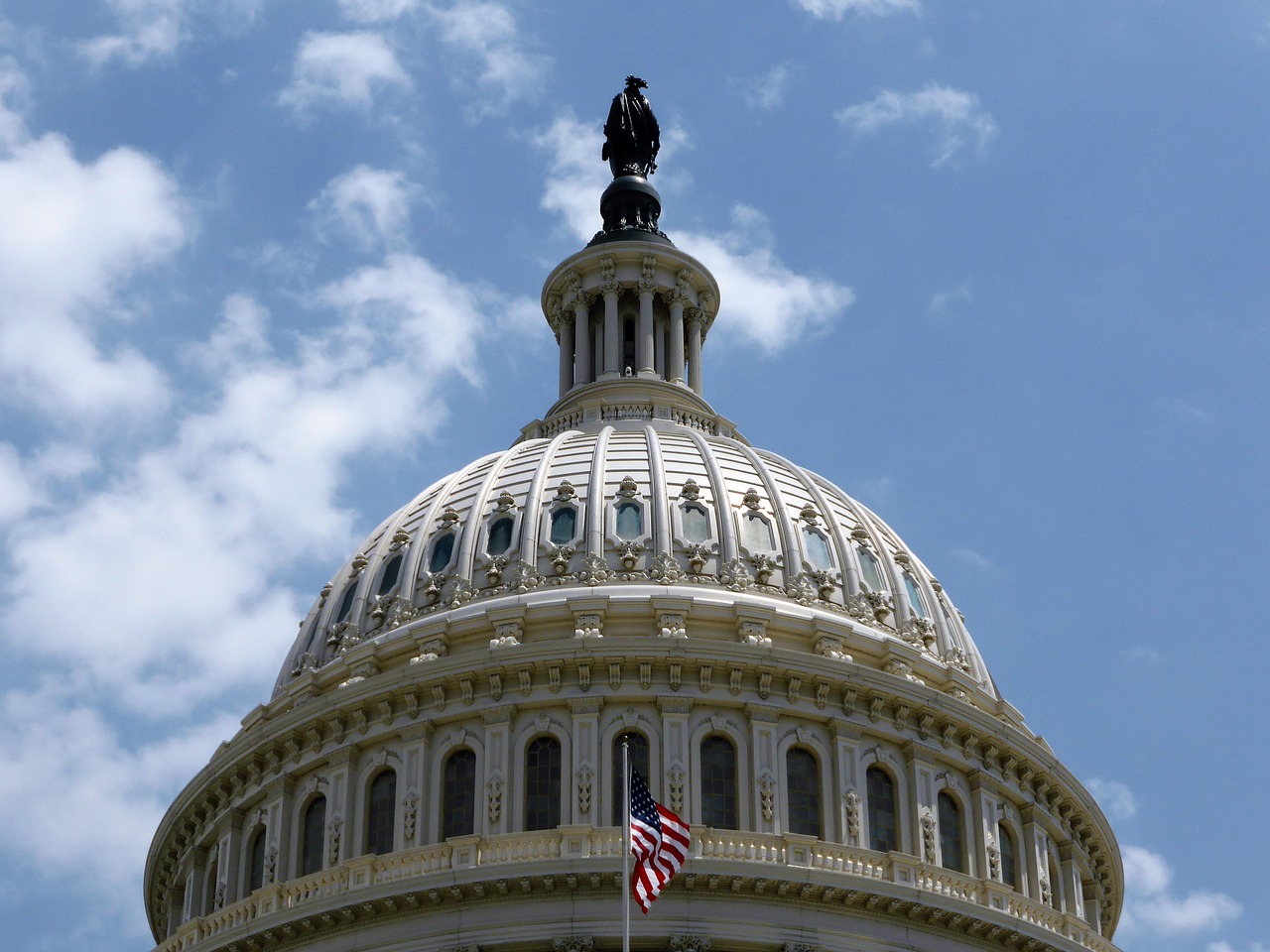How College Students Will Be Affected by the New Tax Bill
What does the new GOP tax bill mean for college students?
On December 22, Trump signed the new GOP the Tax Cuts and Jobs Act into law (which you can read in full here), maintaining his campaign promise to sign a major tax overhaul before Christmas. After passing two different versions of the bill in the House of Representatives and the Senate, the final bill went back to the House for a revote and then finally made its way onto the desk of the president. Many of the changes in the $1.5 trillion tax bill were enacted on New Year’s Day.
However, amidst protests and revisions that were literally scribbled in the margins, many Americans, particularly college students, have been left more than a little confused about what is going to change under the new bill—just ask Jenna Fischer, who posted a false tweet regarding tax deduction for teachers, prompting the actress to delete the tweet and issue a public apology.
Anyway, here’s the low-down on what you need to know about the new bill as you finish out your school year.
1. Student Loans
It’s important to note that although the Senate and House passed different versions of the tax bill in early December, the two groups then came together to create one bill. And, according to The Washington Post, provisions in the Senate’s version that made their way into the bill may actually benefit college students who have student loans—or at least not hurt them. While the House’s version of the bill repealed the ability of people to deduct their yearly student loan interest from their taxes, the Senate kept this provision in place, allowing taxpayers to deduct as much as $2,500 a year.
2. Graduate Student Waivers
Here’s another point where the House and Senate bills disagreed: graduate student tuition waivers. The House bill included a provision saying that graduate students who receive tuition waivers—in other words, free tuition in the form of student teaching or research—should be taxed on the money put forth for tuition as if it were income (a move which caused protest amongst those in higher education). The Senate bill rejected this change, which could discourage people from pursuing graduate studies.
3. Higher Education Tax Credits
The final bill also rejects the House’s proposal to combine three higher education tax credits—i.e., a specific amount of money that people paying for higher education are allowed to subtract from their taxes—into one tax benefit.
4. Ivy League Endowments
Colleges with an endowment of over $500,000 per student have a new tax of 1.4 percent. Not many schools have such a large endowment—ahem, Ivy Leagues—but the ones that do will definitely be cutting a big check to the IRS.
5. Employer Tuition
This provision would typically apply to a nontraditional student pursuing an undergraduate or graduate degree while also maintaining a full-time job. Often employers will pay for higher education and continuing education programs that will benefit the organization or company in some way. Under the House bill this tuition money would have been taxed; however, under the Senate and final bill, employers can contribute up to $5,250 a year for qualifying programs and that money will remain untaxed.
6. The AOC and LLC
The American Opportunity Credit (AOC) and Lifetime Learning Credit (LLC) are tax credits for students paying tuition. The AOC is for undergraduates and is worth up to $2,000 per year per student, while the LLC is for graduate students and is worth up to $2,500 per year per household. Although the tax credits came under discussion in the Senate and House bills, both the AOC and LLC made their way into the final version of the bill.
Want to learn more about the new tax bill? Check out this New York Times article on how the tax bill will affect you.




